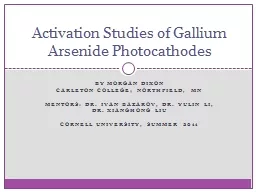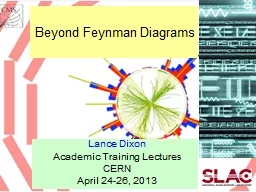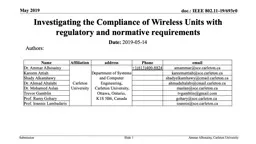PPT-By Morgan dixon Carleton College;
Author : sherrill-nordquist | Published Date : 2018-10-30
NorthfielD MN Mentors Dr Ivan Bazarov Dr Yulin Li Dr Xianghong Liu Cornell university summer 2011 Activation Studies of Gallium Arsenide Photocathodes Figure
Presentation Embed Code
Download Presentation
Download Presentation The PPT/PDF document "By Morgan dixon Carleton College;" is the property of its rightful owner. Permission is granted to download and print the materials on this website for personal, non-commercial use only, and to display it on your personal computer provided you do not modify the materials and that you retain all copyright notices contained in the materials. By downloading content from our website, you accept the terms of this agreement.
By Morgan dixon Carleton College;: Transcript
Download Rules Of Document
"By Morgan dixon Carleton College;"The content belongs to its owner. You may download and print it for personal use, without modification, and keep all copyright notices. By downloading, you agree to these terms.
Related Documents














